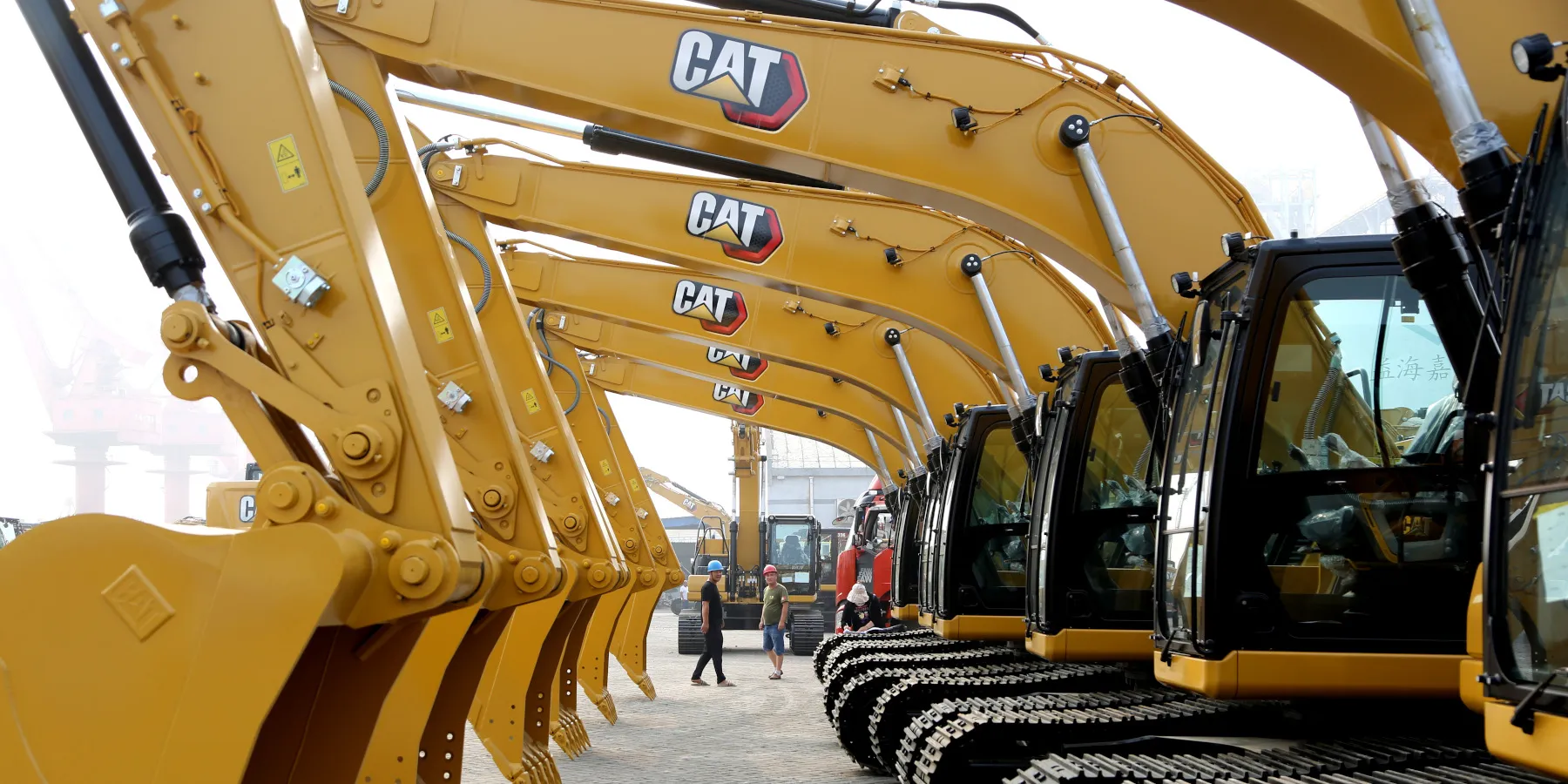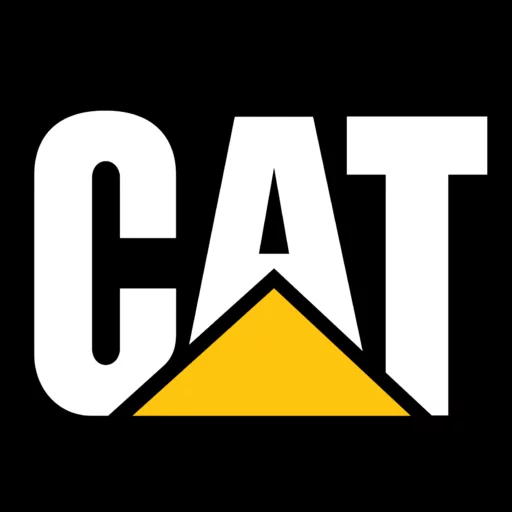Your cart is currently empty!
Essential Tips for Caterpillar Machine Maintenance and Repair

Regular Cleaning and Inspection
Regular cleaning and inspection are essential for the maintenance and repair of Caterpillar machinery. Cleaning your equipment thoroughly after each use can help prevent the buildup of dirt, debris, and other contaminants that can cause damage over time. Use a pressure washer or hose to remove dirt from the exterior of the machine, paying close attention to areas such as the engine compartment, hydraulic system, and undercarriage.
After cleaning, perform a thorough inspection of the machine to identify any signs of wear, damage, or potential issues. Check the tires or tracks for wear and tear, inspect the hydraulic hoses and connections for leaks or damage, and examine the engine for any signs of oil leaks or abnormal noises.
Proper Lubrication
Proper lubrication is crucial for the optimal performance and longevity of your Caterpillar machinery. Regularly lubricate all moving parts, including the engine, transmission, and hydraulic components, following the manufacturer’s recommendations for the type and frequency of lubrication.
Ensure that you use high-quality lubricants that are suitable for the specific requirements of your machine. Lubrication helps reduce friction and wear, prevents corrosion, and improves the overall efficiency of your equipment.
Replacing Worn or Damaged Parts
Timely replacement of worn or damaged parts is essential to prevent further damage and ensure the safe and efficient operation of your Caterpillar machinery. Regularly inspect all components of your machine and promptly replace any parts that show signs of wear, corrosion, or damage.
It’s important to use genuine Caterpillar parts or high-quality aftermarket parts that meet the manufacturer’s specifications. Using substandard parts can compromise the performance, reliability, and safety of your equipment.
Keeping Caterpillar Machinery Protected
Keeping your Caterpillar machinery protected from the elements and other potential hazards can significantly extend its lifespan and reduce the need for repairs. Store your equipment in a clean, dry, and secure location when not in use, preferably indoors or under a covered shelter.
Consider using covers or protective coatings to shield your machine from dust, moisture, and sunlight. Regularly inspect and clean the storage area to prevent the buildup of dirt and debris that can affect the performance and longevity of your equipment.
Scheduling Professional Maintenance
In addition to regular cleaning, inspection, and minor repairs, it’s crucial to schedule professional maintenance for your Caterpillar machinery. Professional maintenance services can help identify and address potential issues before they escalate into major problems.
Work with a reputable and experienced service provider who specializes in Caterpillar equipment. They can perform comprehensive inspections, tune-ups, and repairs, ensuring that your machine operates at its best.
By following these essential tips for Caterpillar machine maintenance and repair, you can enhance the efficiency, reliability, and lifespan of your equipment. Regular cleaning and inspection, proper lubrication, timely replacement of worn or damaged parts, keeping your machinery protected, and scheduling professional maintenance are key to ensuring optimal performance and productivity in your operations.
